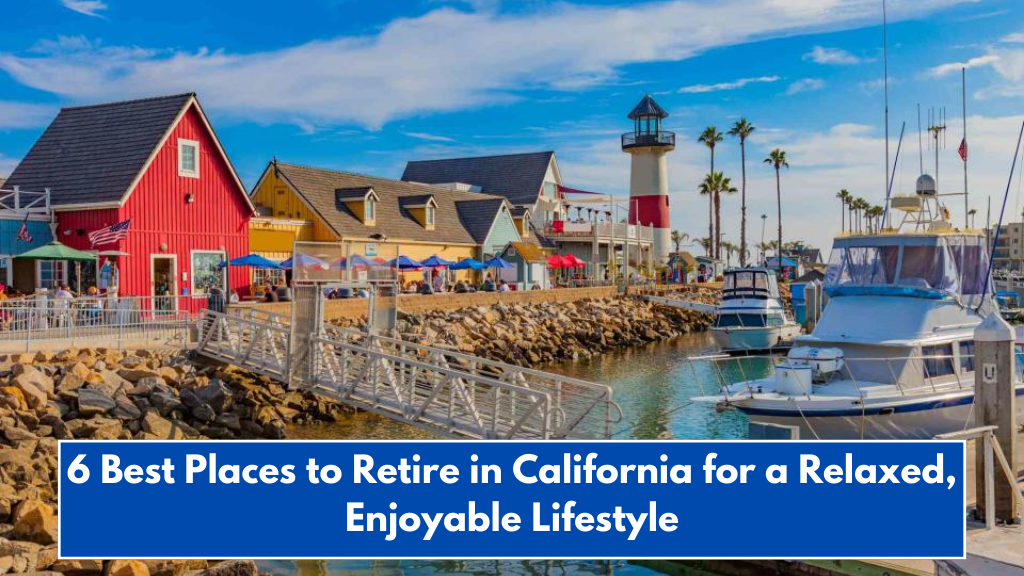When thinking about retirement, many of us dream of a peaceful life in a beautiful location. However, realizing that dream comes with its own set of challenges, especially when it comes to costs. A report by Zippia looked into the most and least expensive states for retirees, considering factors like the cost of living, home prices, Medicare Advantage costs, and more. Based on these factors, here are the most expensive states to retire in.
1. Hawaii: Paradise Comes at a Price
Hawaii tops the list as the most expensive state to retire in. Known for its stunning beaches and laid-back lifestyle, Hawaii has the highest cost of living in the U.S. On top of that, the median home price is a whopping $587,700, making it out of reach for many retirees. While Hawaii offers breathtaking scenery and an island paradise, it may be best to consider more affordable beach locations like Florida or Alabama’s Gulf Coast if you’re on a fixed income.
2. Colorado: Mountain Views, Big Bills
If you’ve ever dreamed of retiring among the Rocky Mountains, be prepared to pay for the view. Colorado has some of the highest home prices in the country, with a median home cost of $313,600. Additionally, the state’s Medicare spending is among the lowest, meaning out-of-pocket healthcare costs can be a significant burden for retirees. While the natural beauty of Colorado is undeniable, it comes at a high cost.
3. Oregon: Scenic but Expensive
Oregon is a beautiful state with lush landscapes and mild weather, but it’s not the most affordable option for retirees. While the median home cost is more reasonable compared to other expensive states, Oregon’s low Medicare spending and high cost of living make it less appealing for those on a fixed income. Retirees may want to explore other parts of the Pacific Northwest or seek more affordable locations within Oregon itself.
4. Washington: High Costs and Low Medicare Spending
Washington ranks as one of the most expensive states for retirees due to its high cost of living and high home prices. With a median home cost of $311,000 and low Medicare spending, retirees may find it difficult to manage healthcare costs on top of housing expenses. Seattle’s suburbs might seem appealing, but for many, the high costs of living could be a barrier to settling there comfortably.
5. Massachusetts: Snow and High Costs
Massachusetts combines high living expenses with harsh winters, making it a tough choice for many retirees. The average cost of living is around $59,560 per year, and the median home cost is $366,800. If you love New England but want to avoid the high costs, you might want to consider smaller towns or other states in the region that offer a more affordable lifestyle.
6. Vermont: A Charming but Costly State
Vermont is often pictured as a picturesque place to retire, but the reality is that living here can be pricey. Around 27% of seniors in Vermont spend 30% or more of their income on homeownership expenses. Although the state offers natural beauty and small-town charm, it may not be the most cost-effective place for retirement, especially for those on a fixed income.
7. New Jersey: Expensive but Close to Major Cities
New Jersey offers retirees proximity to major cities and easy access to international airports, but it also comes with a hefty price tag. With a median home cost of $327,900 and an annual cost of living over $56,000, New Jersey can be a financial challenge for retirees. While it’s a great location for those who want to be close to New York or Philadelphia, the high cost of living can be overwhelming for many.
8. Connecticut: High Costs and Low Affordability
Connecticut might seem like a dream destination for retirement, with its beautiful landscapes and quiet lifestyle. However, the state has the third-highest cost of living in the country, which can make it difficult for retirees to afford. The combination of high home prices and daily living expenses means that many retirees may want to visit Connecticut but not necessarily live there.
9. New Hampshire: Coastal Charm with a Price
New Hampshire offers retirees a scenic, coastal lifestyle, but it’s not the most affordable state for retirement. More than 25% of New Hampshire seniors spend 30% or more of their annual income on homeownership costs. While the state offers low taxes and a peaceful environment, the high cost of living and housing could make it a tough choice for retirees on a budget.
10. Minnesota: Affordable Homes, Expensive Healthcare
Minnesota is a state where homeownership isn’t as costly compared to other places on the list. However, healthcare expenses, especially for retirees, can quickly add up. With low Medicare contributions and high Medicare Advantage costs, medical bills are a major expense for seniors in Minnesota. If you’re considering retiring here, it’s essential to factor in these additional costs when planning your retirement budget.
Choose Wisely for Your Retirement
While some states offer beautiful landscapes, great amenities, and proximity to major cities, they also come with a hefty price tag. Hawaii, Colorado, and Massachusetts are among the most expensive places to retire, largely due to high home prices, expensive living costs, and healthcare expenses. If you’re looking to retire comfortably, it’s important to carefully consider your options and weigh the cost of living against your retirement budget.














